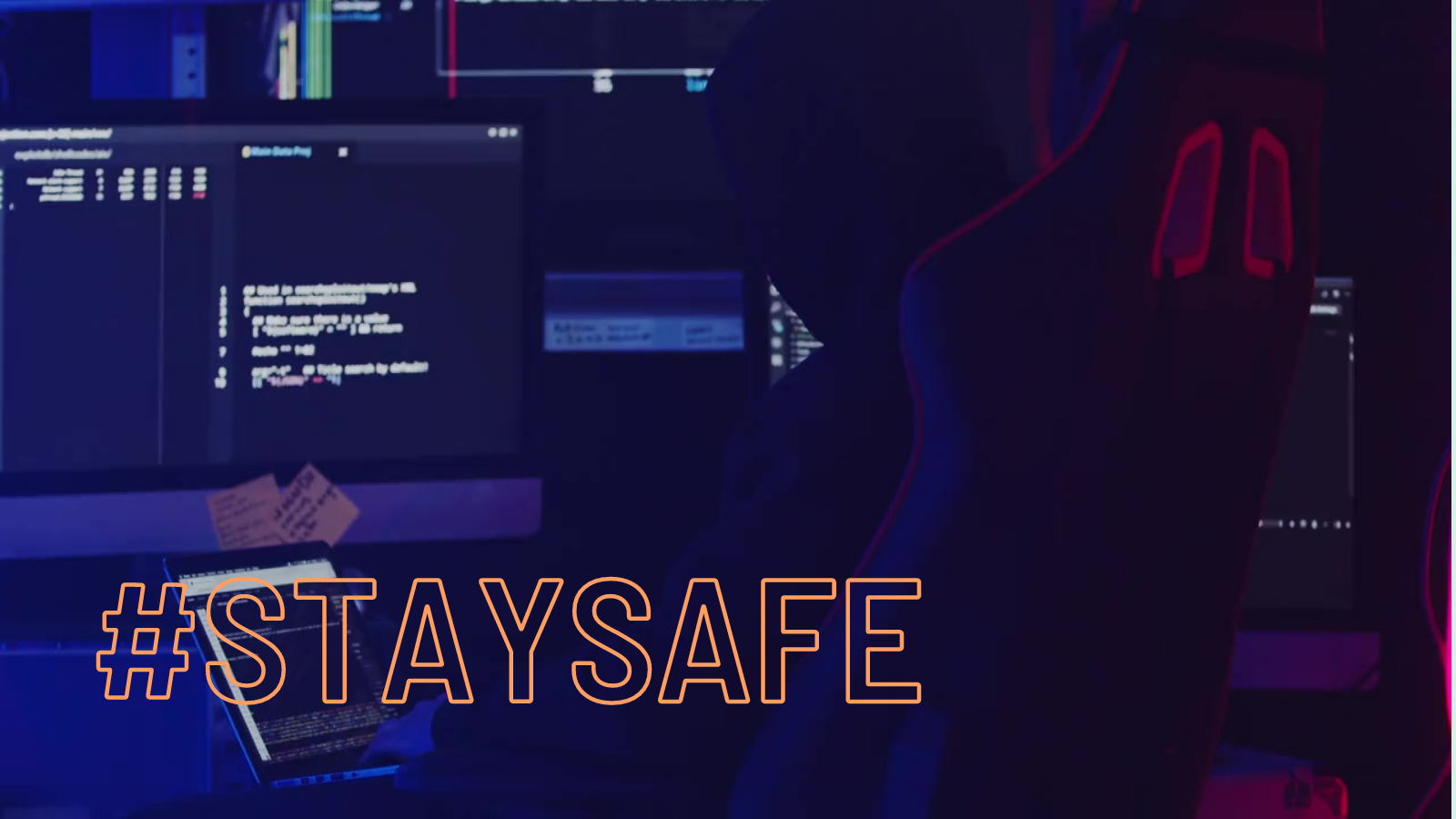[ADS] Arishti.live is back with more training contents
This article explains what smishing is, how it works and how to protect yourself from falling victim to a smishing attack. Smishing is a type of phishing that uses text messages to trick individuals into giving away sensitive information. Learn about common smishing tactics, how to spot a smishing message and the best ways to protect yourself from this growing threat. With this knowledge, you can stay safe and secure online.
Phishing is a type of cybercrime that involves tricking individuals into giving away sensitive information, such as login credentials or financial information. One common phishing technique that has become more prevalent in recent years is called smishing, which involves sending text messages to a potential victim’s smartphone.
Smishing attacks are typically carried out through SMS (Short Message Service) or MMS (Multimedia Messaging Service) messages. These messages may appear to be legitimate, such as coming from a bank or other financial institution, and may contain a link or phone number that the victim is prompted to click or call. The link or phone number, however, leads to a phishing website or a phone number controlled by the attacker.
The attacker may then use the information obtained through the phishing website or phone call to gain access to the victim’s financial accounts, steal their identity, or commit other types of fraud. Smishing attacks can also be used to spread malware, which can give the attacker access to the victim’s device and the personal information stored on it.
One example of a smishing attack is a message that appears to be from a bank, urging the recipient to call a number to resolve an urgent issue with their account. The phone number, however, leads to an attacker who may then ask for the victim’s account number and other sensitive information. Another example is a message that appears to be from a delivery service and contains a link to track a package, the link instead leads to a phishing website that asks for login credentials.

One way to protect against smishing attacks is to be cautious when receiving unsolicited text messages, especially those that ask for personal information or contain links or phone numbers. If a message appears to be from a financial institution, it is always best to call the institution directly to verify the message’s legitimacy before taking any action.
Another way to protect against smishing is to use anti-phishing and anti-malware software on your smartphone. These programs can help detect and block phishing websites and malware. Additionally, using two-factor authentication for your online accounts can provide an extra layer of security, making it more difficult for attackers to gain access to your accounts even if they obtain your login credentials.
It is also important to be aware of the signs of a smishing attack, such as receiving a message from an unknown sender or a message that contains spelling and grammar errors. Additionally, messages that contain urgent language, such as “your account will be closed if you don’t call this number,” are often indicators of a smishing attack.
In conclusion, smishing is a type of phishing technique that involves sending text messages to a potential victim’s smartphone. These messages can appear to be legitimate, but lead to phishing websites or phone numbers controlled by the attacker. By being cautious when receiving unsolicited text messages, using anti-phishing and anti-malware software, and being aware of the signs of a smishing attack, individuals can protect themselves against this type of cybercrime.
In conclusion, smishing is a type of phishing technique that uses text messages to trick individuals into giving away sensitive information. It is becoming more prevalent and it’s important to be aware of the tactics used by attackers. By being cautious when receiving unsolicited text messages, using anti-phishing and anti-malware software, and being aware of the signs of a smishing attack, individuals can protect themselves from falling victim to this type of cybercrime. Remember that it’s better to be safe than sorry and to always verify the legitimacy of a message before taking any action.